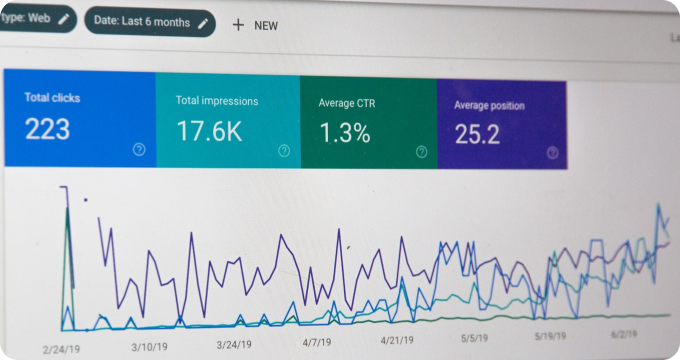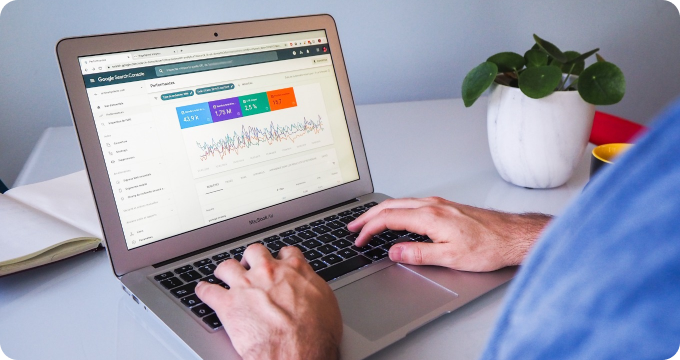How to Budget Effectively for Mobile Data Collection Software
- November 10, 2023
- 2 minutes
Budgeting is one of the indispensable mechanisms of any organization, and it becomes even more critical when considering the acquisition of mobile data collection software. But, why exactly? The answer is simple yet profound: to optimize resources, mitigate financial risks, and ensure a return on investment.
Mobile data collection software is a specialized tool that enables the digital gathering of data on mobile devices - such as smartphones or tablets - typically used in field data collection situations. From retail to healthcare, several industries exploit this technology to improve efficiency, reduce errors, and make data collection more streamlined and manageable.
However, the acquisition of such software isn't a trivial matter. It requires a careful evaluation of your financial capabilities, a deep understanding of the software's potential value, and a strategic planning approach to ensure the most cost-effective outcome.
The steps to budget effectively for mobile data collection software are three-fold: initial cost evaluation, total cost of ownership (TCO) estimation, and return on investment (ROI) projection.
- The first step, initial cost evaluation, involves the consideration of the upfront expenses related to the purchase of the software. This includes the license cost, hardware expenses (if any), setup fees, and training costs. The goal of this stage is to provide a clear picture of the initial investment required to set up the mobile data collection software.
- Next, we move to TCO estimation. TCO is a financial estimate intended to help consumers and enterprise managers determine direct and indirect costs of a product or system. In the case of mobile data collection software, it involves not only the initial cost evaluation but also running costs. These might include maintenance fees, support costs, upgrade expenses, and potential costs related to downtime or software failure. In this stage, we also consider opportunity costs, or the benefits you might have received by taking an alternative action. This comprehensive view ensures you won't be blindsided by hidden or unanticipated costs down the line.
- Finally, ROI projection quantifies the expected gains from the software investment to certify that the purchase is not only affordable but also beneficial in the long run. The ROI is calculated using the following formula: (Net Profit / Cost of Investment) * 100%. Positive ROI indicates that the earnings from the investment are higher than its cost, signaling a successful investment decision.
While budgeting, it's essential to incorporate a margin of safety to safeguard against unexpected expenses or overruns. This concept, borrowed from value investing, involves purchasing securities at a price less than their intrinsic values. When applied to budgeting for mobile data collection software, it means factoring in an additional amount to the budget to cover unforeseen costs.
In conclusion, budgeting for mobile data collection software is a rigorous process that demands both accounting acumen and a sound understanding of technology. By systematically assessing initial costs, estimating the TCO, and projecting ROI, organizations can ensure that their investment in mobile data collection software is not only financially viable but also capable of delivering the desired outcomes. This strategic approach to budgeting will enable organizations to extract the maximum value from their software investments and make informed decisions that contribute to their long-term success.
Learn More
Unleash the power of efficiency and accuracy in your business by diving deeper into our enlightening blog posts about mobile data collection software. For an unbiased, comprehensive view, they are encouraged to explore our meticulously curated rankings of the Best Mobile Data Collection Software.
Popular Posts
-
 Mobile Data Collection Software Industry Report: Key Findings and Crucial Insights
Mobile Data Collection Software Industry Report: Key Findings and Crucial Insights
-
 Debunking 10 Myths Surrounding Mobile Data Collection Software
Debunking 10 Myths Surrounding Mobile Data Collection Software
-
 6 Things I Wish I'd Known About Mobile Data Collection Software Before Implementing It
6 Things I Wish I'd Known About Mobile Data Collection Software Before Implementing It
-
 4 Essential Questions to Ask Your Mobile Data Collection Software Provider
4 Essential Questions to Ask Your Mobile Data Collection Software Provider
-
 Ask These Questions to a Mobile Data Collection Software Provider to Choose the Right One for You
Ask These Questions to a Mobile Data Collection Software Provider to Choose the Right One for You






